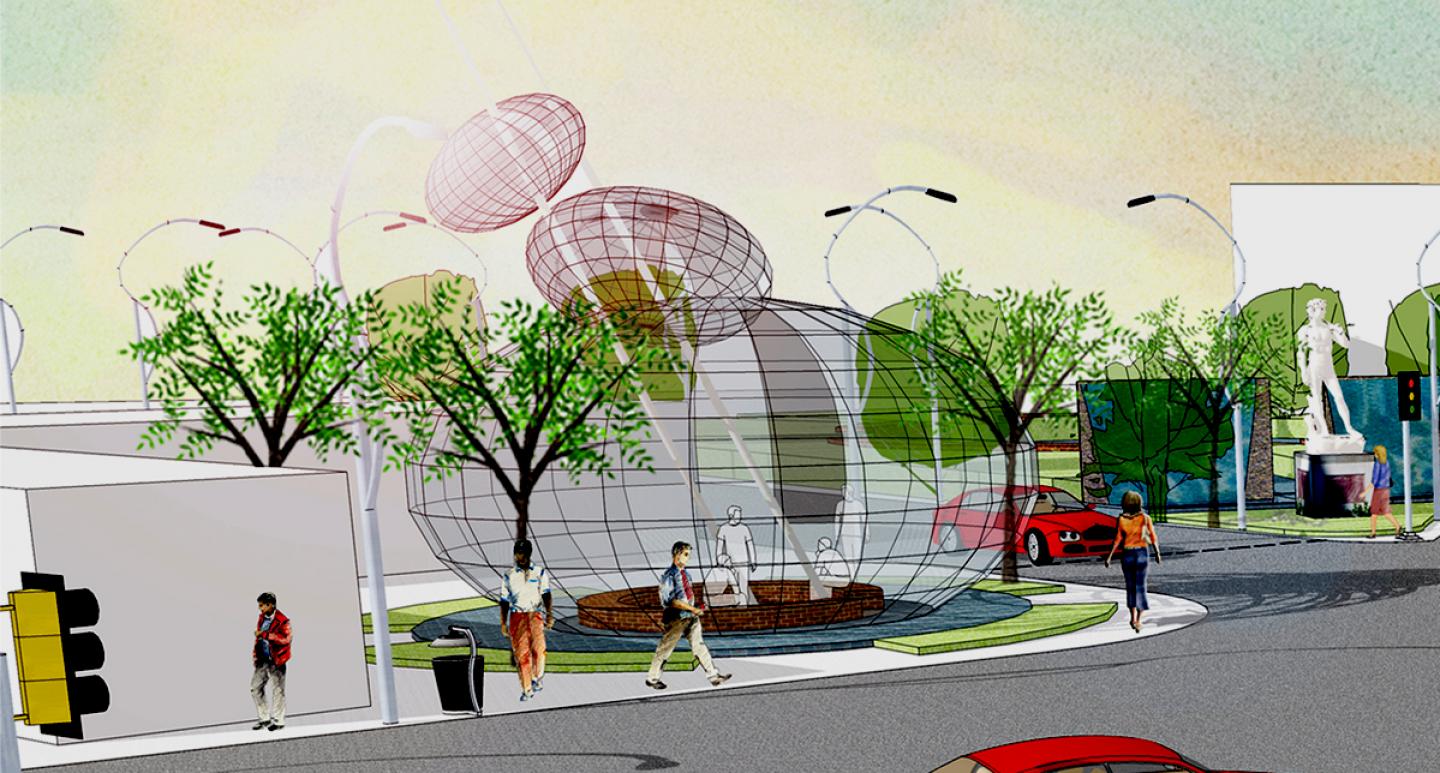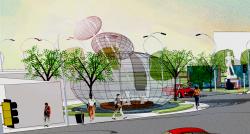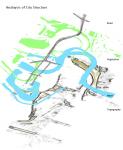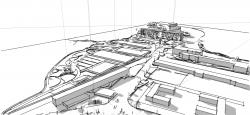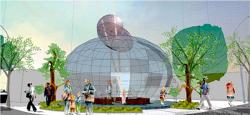The proposed designs take inspiration from one of Nashua’s great prides - The Nashua Manufacturing Company, and its once famous textile industry.
It aims to create an integrated environment encapsulating Nashua’s illustrious past, vibrant present and future visions. The objective is to make people appreciate the past and understand that it paves the way for the future.
Hence, the 20 conceptual designs strive to incorporate the characteristics of Nashua’s textile industry foundations into modern architectural functionality - from unique dustbins, to non-symmetrical street lights, to an all new museum - showing how nature’s fibers were weaved into new creations as they passed through man-made mechanical processes. An illustration of how an appreciation of the past can inspire the future by making it a present actuality.
The proposed concepts also incorporated other design requirements including: economic development; landscape architecture; improvement in the quality of life for Nashua’s citizens; environmental integrity; and public space for better communication.
The clearest examples of all the above concerns can be in seen in the connectivity of five of the conceptual designs.
It starts with the new Millyard Bridge and its fabric-like design that combines modernity with Nashua’s past - a symbolic inspiration that futures can be built with the past as a foundation.
This is followed by retaining the Boiler Smoke House Stack chimney as the entrance to the Millyard, and a historic reminder of what the area was.
The new Contemporary Art and Culture Museum will now become another landmark, and an additional source of economic growth via tourism.
The Memorial, with its 34 pillars, tells the story of the 34 mill buildings and related structures along the Millyard earmarked for demolition.
Finally, The Habitat with its fabric inspired design especially to increase communication between people.
2011
2011
